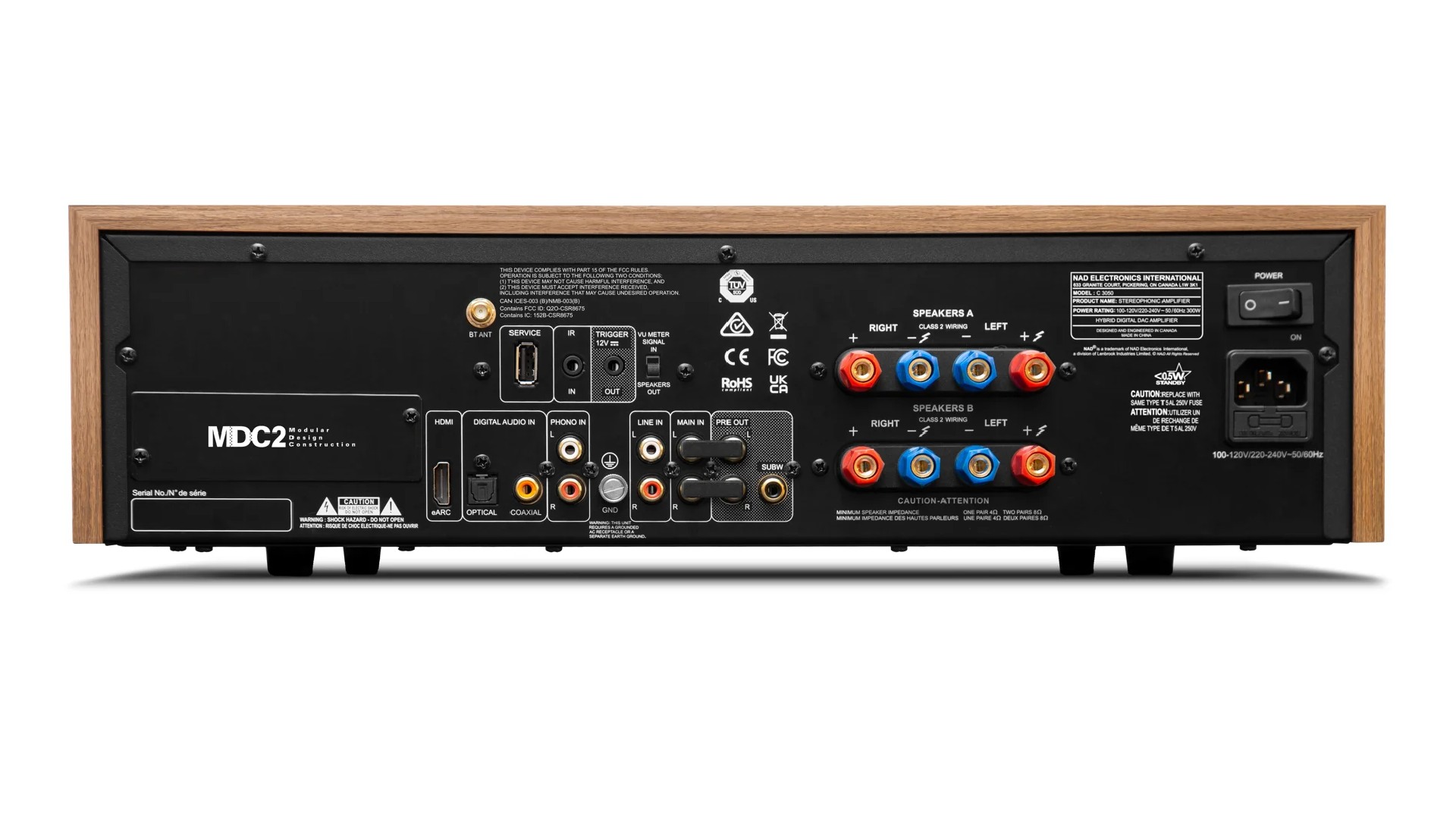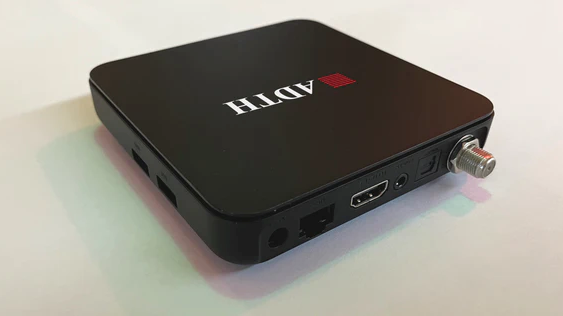Mozilla Firefox is already our pick for the best browser due to its excellent privacy options and cross-platform synchronization, but with a new update, the Firefox experience is about to improve in a major way.
Ahead of Global Accessibility Day on May 18, Mozilla announced that its most recent update, Firefox 113, would give Firefox a significant improvement over its accessibility engine. The overhauled accessibility code enhanced screen readers and other assistive technologies and, even more impressive, runs 20 times faster on large, complex pages and two to three times faster on everyday tasks, such as opening emails and switching tabs.
Firefox 113, which started as a project called Cache the World back in 2020, was a complete rewrite of its old architecture. Android already received this update in 2022 with Firefox 102, and Windows and Linux in the Firefox 112 release. With 113, macOS finally received the same changes to its Firefox browser.
Why was this change for Firefox necessary?
When internet browsers first came about, they were much simpler and only required a single operating system process, even with multiple tabs or documents. Some assistive technologies and operating system frameworks, which often had to run on more complex processes, used a process called in-process code that allowed for large batches of queries needed to perform a task to be executed quickly.
However, over the years, browsers became more complex and the threat of security exploits became much higher. Browsers like Internet Explorer 8 used different processes for different tabs, while Google Chrome used a stricter process that delegated tasks into tightly controlled communication channels, meaning that assistive technologies could not access the web content process containing the accessibility tree, nor inject code into that process. Firefox adopted this same method, resulting in accessibility having similar issues on both browsers.
Because Firefox was created long before Chrome and before the complex internet landscape, it faced more challenges in updating its architecture to address both accessibility and security issues. A major update to its then-existing architecture lasted for a few years but problems began to stack and Mozilla had to revamp its whole architecture from scratch. Enter project Cache the World.
What was Cache the World’s impact?
The main purpose behind Cache the World was to re-architect Firefox’s accessibility engine.
Firefox asynchronously pushes the accessibility trees from each web content process to the main UI process. When assistive technologies query the accessibility tree, all queries are answered from the cache without any calls between Firefox processes, and when a page updates, the content process asynchronously pushes a cache update to the main process.
This new change results in a massive increase in speed for those using accessibility tools like screen readers, as well as plenty of wiggle room for updating and improving the new architecture. In total, about 20,000 lines of code were removed by the completion of this project, the majority of which was operating system related.
Considering how often accessibility features and tools are overlooked, either on their own or how they’re negatively impacted by software and hardware updates for other tech, it’s refreshing to see how deeply and genuinely Mozilla cares about it.

